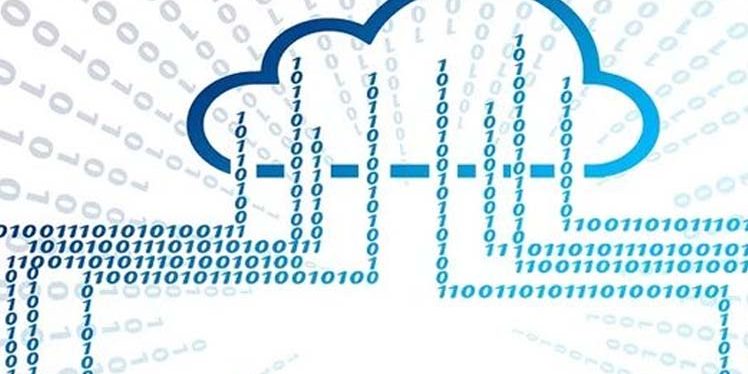Core Objectives of an enterprise while moving their workload to cloud
The need for companies to reduce their Capital expenditure and Operational Expenditure has led to huge potential and growth for cloud computing. As an enterprise, if you are still wondering whether moving your workload to the cloud is a good option, let us help you decide. Here are the objectives of any enterprise opting cloud services over local storage:
- Storage: With data explosion, it is getting difficult by the day to store them in physical premises as it comes with storage constraints. This challenge is solved by cloud service which has helped enterprises manage their huge database and not worry about monitoring their storage. Cloud facilities usually come with encrypted communication reducing security threats.
- Maintenance and Upgrades: With storage under your fist, you will have to constantly worry about its maintenance and upgrading. When the same is managed by a cloud server, the cloud provider will take care of these criteria. Data retention requires governance, which is better at a cloud facility.
- Security: Data is at the risk of loss due to security threats when stored locally. It could corrupt your data leading to loss or void. This can be avoided when stored in cloud servers as they maintain high security and safety for the service they provide. According to Forbes, enterprisers spend about 3.5% on data management and it is so small sum to ignore or expose to threats.
- Access: If your business model requires you to access your data from any part of the world, the cloud is the go-to service you’re looking for. All you need to do is get an internet or Wi-Fi connection and you can access the data at your fingertips.
- Hardware: If you were to store your data physically, you might have to spend a lot on hardware to keep up with the data. Hardware would also invite further maintenance and upgradation involving some expenditure. If you want to go hassle-free with your data, it’s at safer hands in a cloud server. On average, companies have about 50% data growth annually, which demands upgradation of hardware and related infrastructure.

